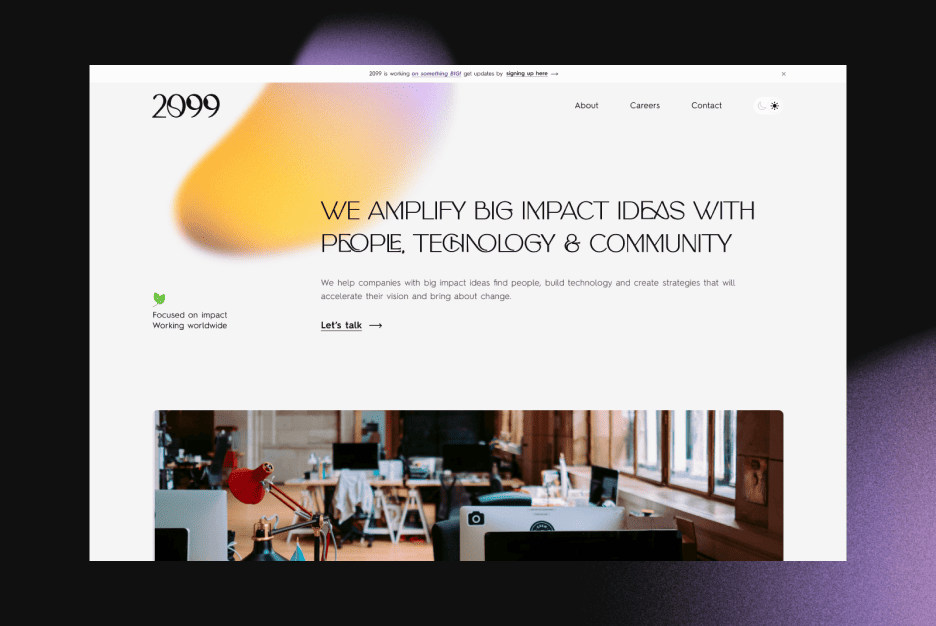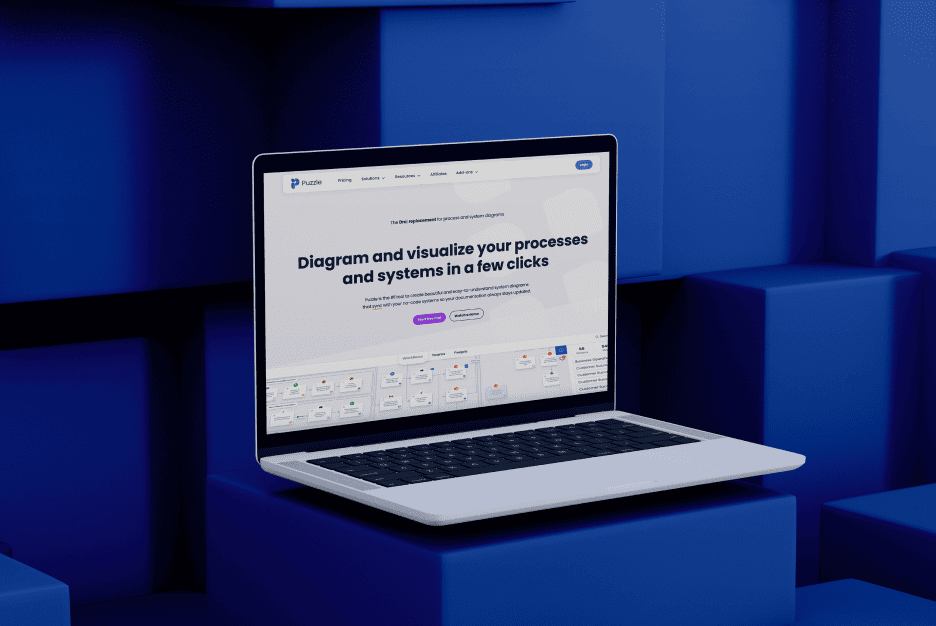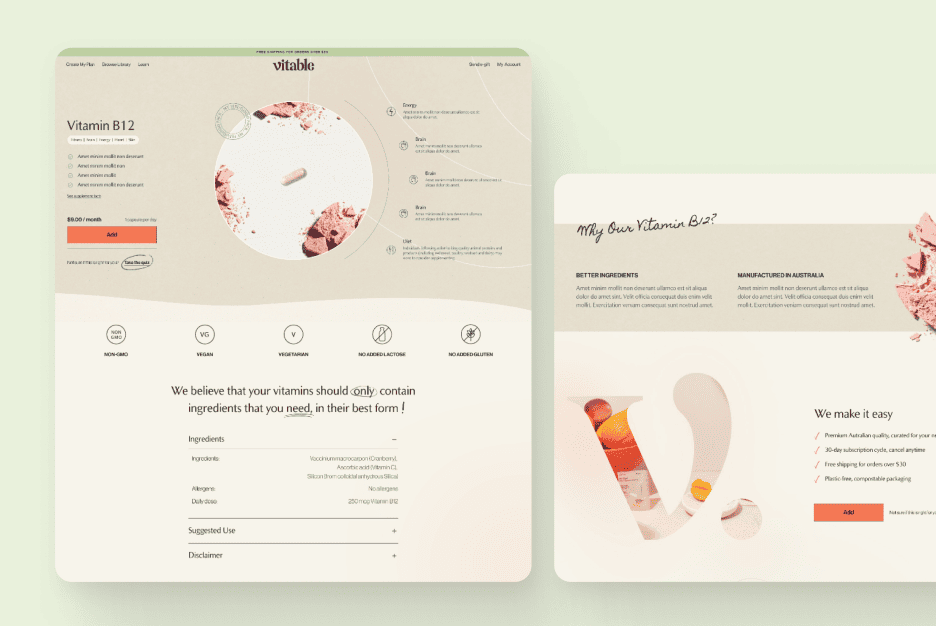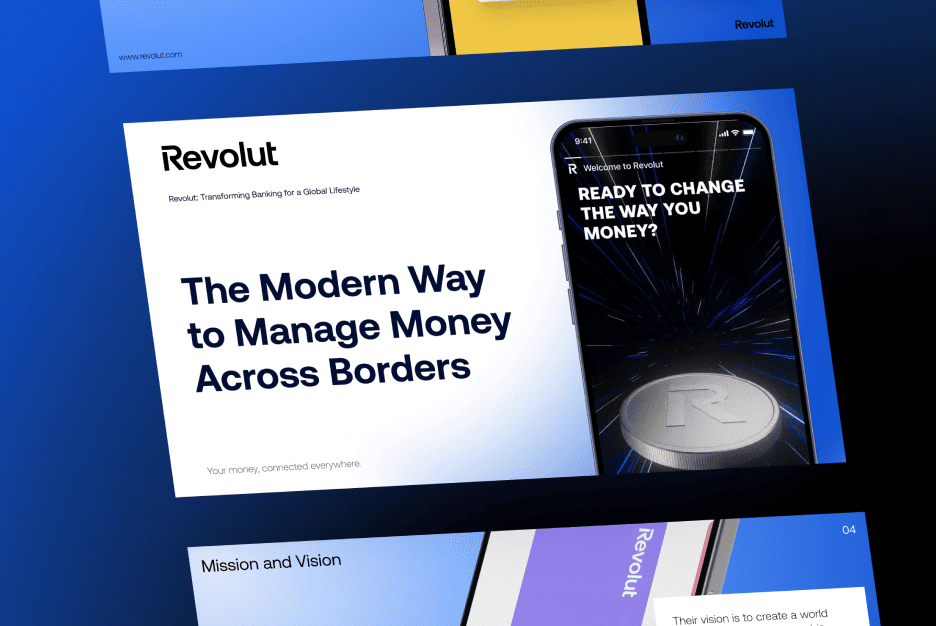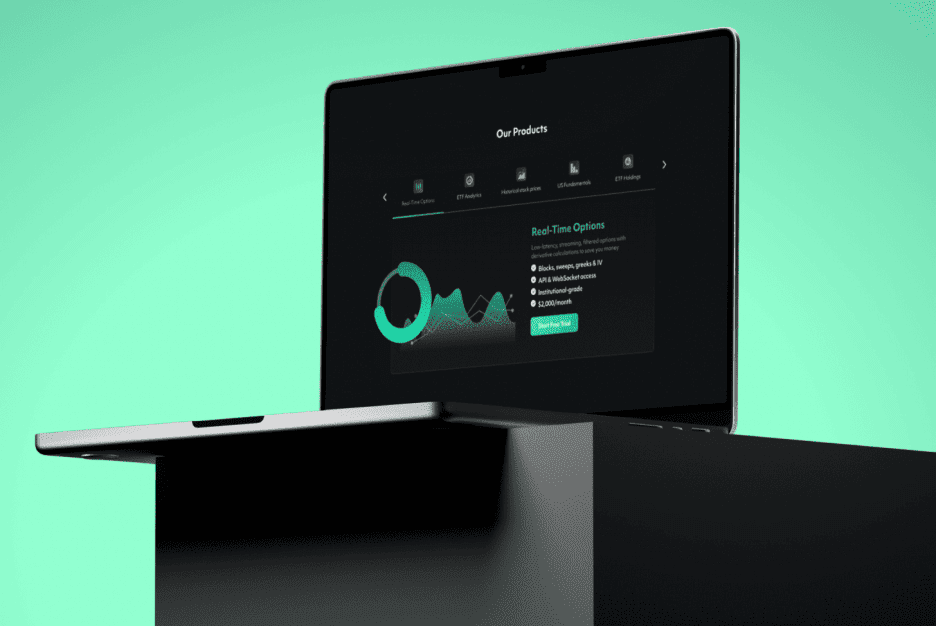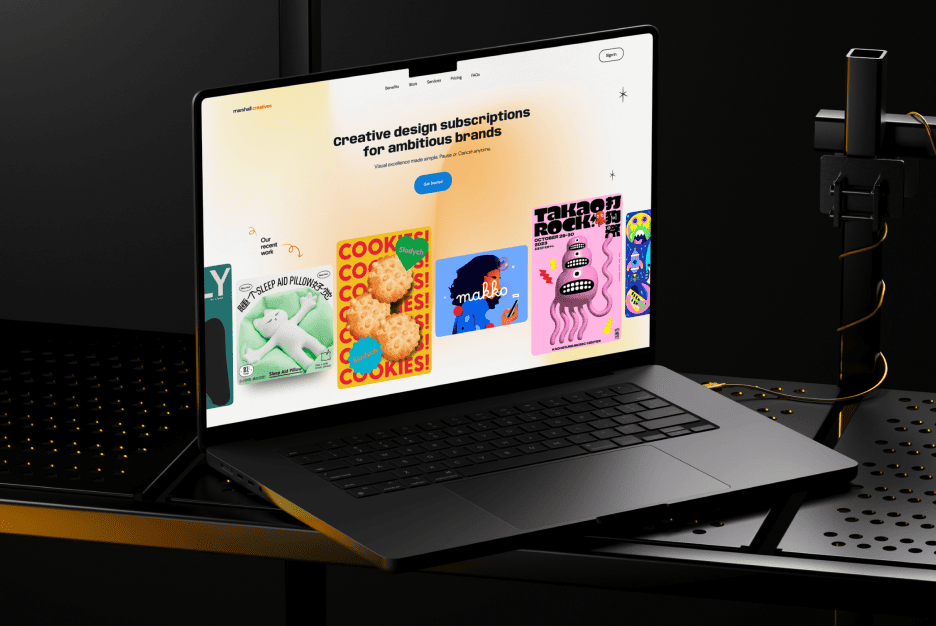Turning great ideas into great designs isn’t just about creativity. It’s about taking the brainstorming results and shaping them into something that truly works. At Almax, we know that every powerful design starts with a powerful idea. But how do you move from those initial brainstorming sessions to a fully realized design? Let’s break down the steps to leverage brainstorming results effectively in your design process.
Introduction to brainstorming in the creative process
What is Brainstorming?
Brainstorming is a creative thinking process where a team comes together to generate a wide range of ideas or solutions for a specific challenge or problem. It’s an open, judgment-free activity where all ideas—no matter how unconventional—are welcome. The primary goal is to create a space where creativity can flourish and team members feel encouraged to share their thoughts freely.
Why is Brainstorming Important in the Design Process?
Brainstorming is crucial in the design process because it sets the foundation for creativity and innovation. Here’s why:
- Encourages Diverse Thinking: In a brainstorming session, every team member has a voice. This diversity of perspectives often leads to unexpected and innovative ideas that wouldn’t have emerged otherwise. According to a study by Harvard Business Review, diverse teams are 45% more likely to report growth in market share and 70% more likely to capture a new market.
- Generates a Wealth of Ideas: The more ideas you generate, the higher the chance you’ll find that one groundbreaking concept.
- Promotes Team Collaboration: Brainstorming isn’t just about the ideas; it’s about the collaboration and communication that happens among team members. It brings people together, fosters a sense of ownership over the design, and builds a stronger team dynamic.
- Refines and Clarifies Objectives: Brainstorming helps to clarify the design goals and objectives early on. By openly discussing various approaches, teams can quickly identify what aligns best with the brand’s vision and user needs.
- Reduces Risk and Mistakes: By considering a wide range of ideas and potential solutions, teams can identify potential pitfalls early on. This proactive approach helps to reduce costly design mistakes and ensures the project stays aligned with its objectives from the start.
Why Every Design Team Should Use Brainstorming
Brainstorming is not just a creative exercise; it’s a strategic tool that every design team should utilize. Here’s why:
- It Boosts Innovation: Every design team strives for innovative solutions that set their work apart. Brainstorming encourages thinking outside the box, which is critical for developing unique and compelling designs.
- It Enhances Team Morale: Teams that feel involved in the creative process are generally more motivated and engaged. Brainstorming sessions build camaraderie and make every member feel valued and heard, which is essential for maintaining high morale and productivity.
- It Streamlines the Design Process: By fostering open dialogue early, teams can address potential conflicts or misunderstandings before they escalate. This leads to smoother project execution and helps keep timelines on track.
The Bottom Line
Brainstorming is a fundamental part of the design process that every team should embrace. It’s a proven way to boost creativity, enhance collaboration, and ensure that your design is not only unique but also effective and aligned with your brand’s goals. So, if you’re looking to create truly innovative designs, make brainstorming a core part of your strategy.

How to Brainstorm Effectively
But let’s be honest. Brainstorming can sometimes feel like organized chaos. To make the most of your brainstorming results, you need a structured approach. Let’s dive into the steps that will help you brainstorm effectively and turn those sparks of inspiration into tangible design concepts.
Set Clear Objectives: Define the Problem or Goal
Before you even gather the team, make sure you’re crystal clear on what you’re trying to achieve. Define the problem you’re solving or the goal you’re aiming for. This sets the stage and gives everyone a shared understanding of what success looks like.
Without a clear objective, brainstorming sessions can quickly lose focus. Make sure everyone understands the challenge and knows what they are working towards. A well-defined objective helps guide the conversation and ensures that the brainstorming results are relevant and actionable.
Assemble a Diverse Team: Gather Different Perspectives
Your brainstorming session will only be as good as the people in the room. That’s why it’s essential to bring together a diverse team with different skills, backgrounds, and perspectives. Designers, developers, marketers, and even end-users can all offer unique insights that enrich the discussion.
Diversity fuels creativity. A study from the Harvard Business Review shows that teams with diverse perspectives are better at solving complex problems. So, gather a team that brings a mix of viewpoints to the table. This will lead to more innovative brainstorming results.

Create a Comfortable Environment: Encourage Open Participation
People need to feel comfortable sharing their ideas—especially the unconventional ones. Create an environment where everyone feels safe to speak up without fear of criticism or judgment. Encourage open participation by setting ground rules: no idea is too wild, and everyone’s voice matters.
When people feel heard, they’re more likely to contribute. And the more ideas you have, the better your chances of finding that game-changing solution.
Warm Up the Team: Start with Icebreakers or Simple Exercises
Jumping straight into problem-solving can be intimidating. Start with a warm-up exercise or an icebreaker to get the creative juices flowing. This can be as simple as a quick round of “What’s the weirdest product idea you’ve ever seen?” or a word association game.
These activities help loosen up the team, break down barriers, and set a playful, creative tone for the session. When people are relaxed, they’re more likely to contribute freely.
Generate Ideas Freely: Focus on Quantity Over Quality
During the initial brainstorming phase, aim for quantity, not quality. Encourage participants to generate as many ideas as possible, no matter how outlandish or impractical they may seem. The goal is to create a broad pool of ideas without filtering or judging them.
Remember, some of the best ideas come from the most unexpected places. This phase is about exploration. Let the ideas flow. You can always refine them later.

Record Every Idea: Use Tools to Capture Contributions
It’s easy for great ideas to get lost in the excitement of a brainstorming session. Make sure you capture every contribution by using digital tools like Miro, Trello, or a simple shared document. Alternatively, go old-school with sticky notes and a whiteboard.
The key is to ensure that no idea is forgotten. By documenting everything, you keep a record of all brainstorming results, making it easier to review and refine later.
Organize and Categorize: Group Similar Ideas Together
Once you have a healthy list of ideas, it’s time to bring some order to the chaos. Organize and categorize the ideas into themes or groups. Look for patterns, similarities, or connections between ideas.
This step helps make sense of the brainstorming results and reveals which concepts have the most potential. It also makes it easier to identify gaps or areas that need more exploration.
Evaluate and Prioritize: Filter Ideas Based on Feasibility and Impact
Now that you have a well-organized list, it’s time to evaluate and prioritize the ideas. Consider factors like feasibility, alignment with project goals, and potential impact. Tools like the MoSCoW method (Must-have, Should-have, Could-have, Won’t-have) or a simple pros and cons list can help with this step.
Focus on the ideas that are not only creative but also actionable. This filtering process ensures that your brainstorming results lead to solutions that can realistically be implemented.
Refine and Develop: Combine and Build on Promising Ideas
At this point, you should have a shortlist of ideas with the most potential. Now, it’s time to refine and develop these concepts further. Look for ways to combine different ideas, build on them, or enhance them to create stronger solutions.
This is where true innovation happens. By mixing and matching different elements, you can create unique solutions that stand out and deliver real value.
Review and Reflect: Analyze the Session and Plan Next Steps
Finally, take time to review and reflect on the session. What worked well? What could be improved next time? Analyzing the brainstorming results and process helps you learn and refine your approach for future sessions.
Outline the next steps based on the prioritized ideas. Assign tasks, set deadlines, and create a roadmap to move forward. Clear action points ensure that your brainstorming results are put to use, driving your project toward a successful outcome.
Conclusion: How to get the best Brainstorming Results, the secret to great design
In conclusion, effective brainstorming is the secret sauce behind every great design. By setting clear objectives, assembling a diverse team, and fostering an open, creative environment, you can transform a chaotic flood of ideas into a focused strategy that drives your design projects forward. Remember to capture every idea, organize and prioritize them thoughtfully, and refine your concepts until they shine.
At Almax, we believe that structured brainstorming sessions are more than just creative exercises—they are strategic tools that can unlock your team’s full potential. By embracing this process, you set the foundation for innovative, effective designs that resonate with your audience and achieve your business goals.
Ready to turn your brainstorming results into game-changing designs? Contact Almax today to get the best design solutions for your business!
